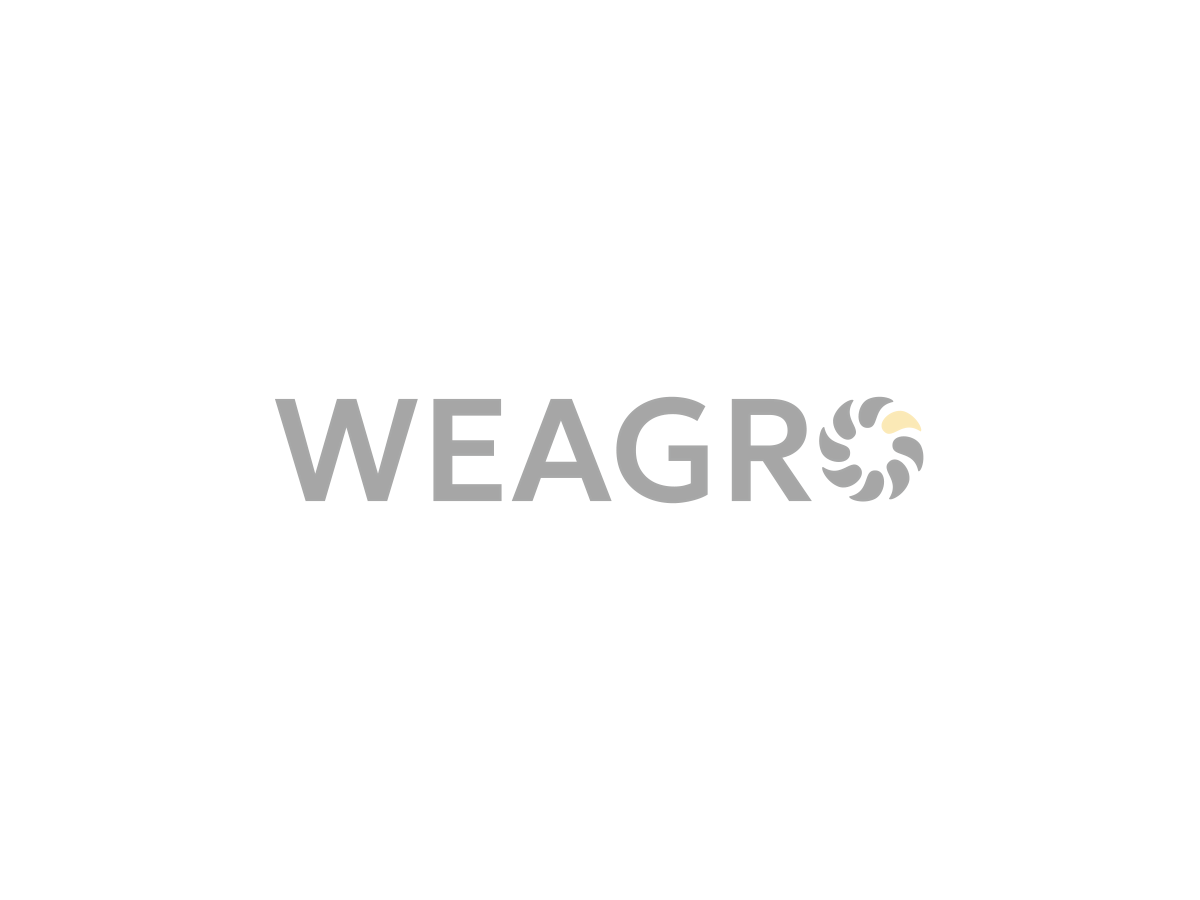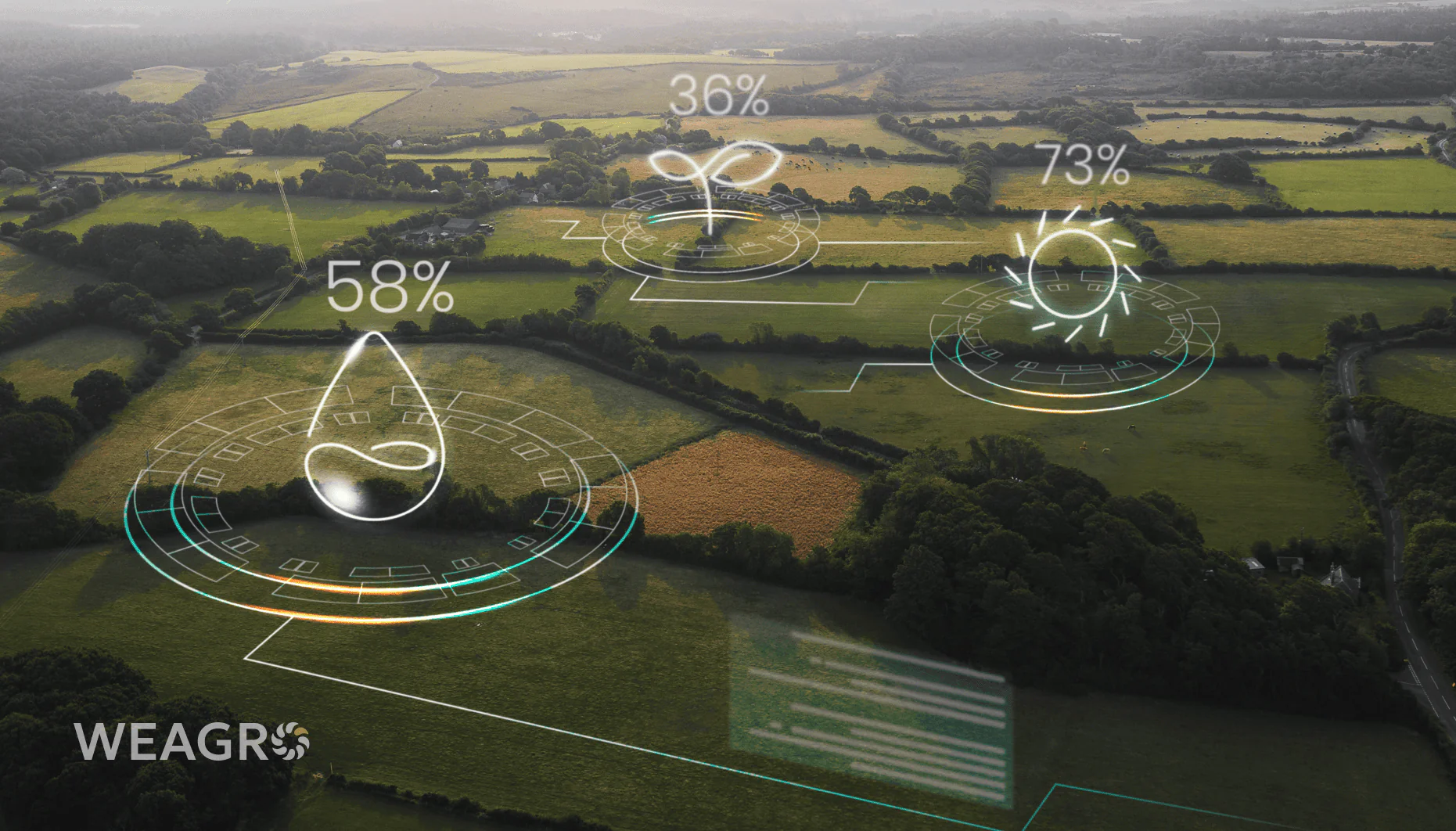Smart contracts have become a popular tool for automating agreements and simplifying business processes. They enable the creation, modification, and termination of contracts without third-party involvement, using only computer programs. This article explains the concept of a “smart agreement,” its advantages and disadvantages, and its potential applications in Ukraine’s agribusiness, which will be valuable for farmers, agricultural suppliers, and anyone interested in agricultural sector innovations.
What is a Smart Contract
Let’s first understand what a smart contract is. It’s a digital format agreement that executes automatically when certain conditions are met. This term was first used by scientist Nick Szabo in 1994, referring to “sophisticated practices” of contract law and business practices in developing electronic commerce protocols between strangers on the internet.
A smart contract is a set of digital promises, along with protocols through which parties fulfill these promises. It doesn’t involve artificial intelligence – “smart agreements” are more functional than traditional paper contracts.
The technology’s operating principle is based on blockchain. Essentially, it’s a computer program stored in a distributed ledger. When the conditions specified in the contract are met, it executes automatically. All transactions are recorded in the blockchain and cannot be modified or deleted.
The “smart agreement” mechanism allows for the exchange of assets (money, shares, real estate, etc.) transparently, without conflicts, and with minimal costs. Through automation and cryptographic protection, typical risks of traditional agreements can be avoided, such as fraud, human error, and third-party interference. Digital contracts require a special environment that provides the necessary infrastructure and tools for creation and execution.
Smart contracts represent a new stage in the evolution of contractual relationships. They allow for the automation of most processes – from agreeing on terms to final settlements and redistribution of digital assets between parties. This makes such agreements convenient for use in various economic sectors.
Read also: Transformation of financial technologies through embedded solutions
Elements of a Smart Contract

A smart contract consists of the following key elements:
- Environment for agreement conclusion.
- Parties to the smart contract.
- Assets that are the subject of the contract and are to be exchanged.
- Conditions that the parties commit to fulfill.
- External information sources (“oracles”) that transmit necessary data to the blockchain.
Smart contract elements work as a single mechanism. To create an agreement, its code must be written as an algorithm of actions for fulfilling obligations. After signing by the parties, the document is stored in the blockchain and becomes effective. The subject of a “smart agreement” can be any assets within the environment.
The parties to the agreement usually include two or more participants who have their unique digital signatures. These can be both individuals and entire organizations. For signing, each party uses their private key, analogous to an electronic signature.
Regarding conditions, they are detailed in the contract’s code. These can include payment terms, penalties, force majeure circumstances, etc. The more detailed the information, the lower the probability of misunderstandings between parties.
Besides the main elements, external data sources, known as oracles, play an important role. They provide “smart agreements” with real-world information, such as commodity prices, exchange rates, and event outcomes. This is necessary for automatic execution based on external conditions.
Another feature of smart agreements is the use of escrow. This means that assets are not transferred immediately but are reserved until all conditions are met. This mechanism ensures security for all parties.
Advantages and Disadvantages of Smart Contracts
Smart contracts have several advantages compared to conventional agreements, but also certain limitations. Let’s examine the main pros and cons of using “smart agreements.”
Advantages of Smart Contracts
The advantages of “smart agreements” include the following features:
- Transparency. All transactions are recorded in a public blockchain, so each participant can check the contract’s execution status at any time. This minimizes risks of fraud, errors, and corruption.
- Speed. Traditional contracts require much time for negotiation, signing, waiting for payments, or delivery of goods. With smart contracts, value exchange occurs instantly once the specified conditions are met.
- No intermediaries, which reduces operation costs. The main advantage of smart agreements is eliminating the need for banks, brokers, and lawyers. It acts as a trusted party itself, guaranteeing the fulfillment of obligations. This significantly reduces transaction costs.
- Automated enforcement of obligations. Parties don’t need to manually monitor compliance with conditions, as the program does this for them. This helps avoid human error and ensures strict execution.
Thanks to blockchain technology, smart contract data is securely stored in an immutable form. It cannot be forged or deleted after the fact. And the use of cryptographic encryption protects the smart agreement from hacking and unauthorized access.
Disadvantages of Smart Contracts
Among the disadvantages of smart contracts, it’s worth noting the lack of flexibility in terms. Unlike traditional contracts, which can be revised by mutual agreement, conditions are rigidly fixed in the code. It’s impossible to make changes after the contract is launched.
Other problematic aspects:
- potential errors in the contract code, which are almost impossible to fix;
- complexity of creation for average users without programming knowledge;
- lack of regulation by legislation in most countries;
- inability to cancel transactions in case of error.
Despite the disadvantages, the benefits of smart contracts make them a promising tool in various business sectors, particularly in agriculture.
Read also: Qualified Electronic Signature (QES): What It Is and How to Obtain It
Smart Contracts in Agribusiness
Ukraine’s agribusiness can gain many benefits from using smart contracts. First, they enable stable cooperation between farmers and resource suppliers, guaranteeing compliance with deadlines and fulfillment of obligations. Second, “smart agreements” accelerate buying and selling operations and save costs by avoiding unnecessary intermediaries.
One of the most promising areas for smart contract application in agriculture is trade finance. Through “smart agreements,” the process of negotiating, signing, and executing foreign trade contracts (for example, grain supply) can be fully digitalized and automated. This speeds up operations, minimizes paperwork, and eliminates fraud risks on both sides.
The use of smart contracts in agribusiness has special potential in Ukraine. Our country has vast areas of fertile land and is one of the world leaders in grain and oilseed exports. Digitalizing the interaction between farmers, suppliers, traders, and banks through “smart agreements” can significantly increase the efficiency and profitability of Ukraine’s agricultural sector.
Of course, smart contracts are currently more of a future prospect than a present reality in agribusiness. Implementing this technology requires certain technical and legal infrastructure, as well as market participants’ readiness. However, our WEAGRO project is laying the foundation for large-scale use of “smart agreements” in Ukraine’s agribusiness in the coming years. On the online service, entrepreneurs can directly execute agricultural installment or same-day purchase-sale agreements: both with digital signature capability and with uploading of already signed agreements.
Example of a Smart Agreement in the Agricultural Sector
Imagine a farmer wants to purchase fertilizers from a supplier on installment terms. The seller and buyer conclude a smart contract on the WEAGRO online service, specifying all conditions: product, price, payment terms, and delivery. The agreement code verifies the parties’ fulfillment of their obligations and automatically transfers installment payments from the farmer’s account to the supplier’s account upon the buyer’s receipt of goods. The supplier immediately receives money, and the farmer gets fertilizers with the ability to pay for them in installments. The price is fixed in hryvnia without being tied to exchange rates.
Another use case is a forward contract for grain supply. The farmer commits to sell a certain volume of future harvest wheat to a trader at a fixed price. The trader advances part of the funds to the agricultural entrepreneur for sowing. The smart agreement transfers the remaining amount to the farmer after grain delivery to the elevator and quality confirmation. The entire payment process occurs automatically, without bank involvement.
Read also: Factoring and factoring operations: what it is and how it works in Ukraine
Smart Contracts in Ukraine
In Ukraine, the implementation of blockchain technologies and smart agreements began in 2016 when the state agency for e-governance announced a pilot project to transfer state registers to blockchain. Unlike initial expectations, some projects were successfully implemented. In September 2017, they presented the SETAM state auction system for confiscated property sales built on blockchain technology, and in October of the same year, the State Land Cadastre of Ukraine started operating using blockchain.
Regarding legislative regulation, on February 17, 2022, the Law of Ukraine “On Virtual Assets” was adopted, which, although not yet in force, is an important step. It mentions smart contracts and empowers the Ministry of Digital Transformation to regulate them. Additionally, the Payment Services Law, updated in autumn 2021, includes “smart agreements” in the payment services market.
Despite the lack of clear legal regulation, today a smart contract is essentially an agreement defined in Article 626 of the Civil Code of Ukraine, as it similarly has essential conditions: parties, price, subject, etc. Formally, concluding “smart agreements” between business entities does not contradict current civil legislation of Ukraine, as it complies with the principle of freedom of contract.
For further development of smart contracts in Ukraine, it is necessary to:
- Develop appropriate legislation for regulation.
- Provide for the possibility of concluding smart agreements for contracts requiring notarization.
- Ensure integration of necessary registers with services where smart agreements are concluded.
- Regulate issues of party identification and confirmation of their agreement with contract terms.
Despite certain legal uncertainties, smart contracts have significant potential for development in Ukraine, especially in financial services, trade, and asset management.
Conclusion
Smart contracts are a promising technology that can optimize counterparty interaction in Ukraine’s agricultural sector. Such advantages as transparency of conditions, transaction speed, automation, and security make them a convenient alternative to conventional agreements.
At the same time, smart agreements have certain disadvantages: insufficient flexibility, risks due to code errors, and lack of legislative regulation. However, the development of services like WEAGRO proves that “smart agreements” can work effectively and benefit both farmers and suppliers.
Thus, it seems that smart contracts will soon become common practice for Ukrainian agribusiness. And the WEAGRO online service already uses modern agreement-making capabilities, making life easier for farmers. This allows suppliers to increase sales by 30% on average, and buyers to purchase necessary resources without excessive burden on working capital.









